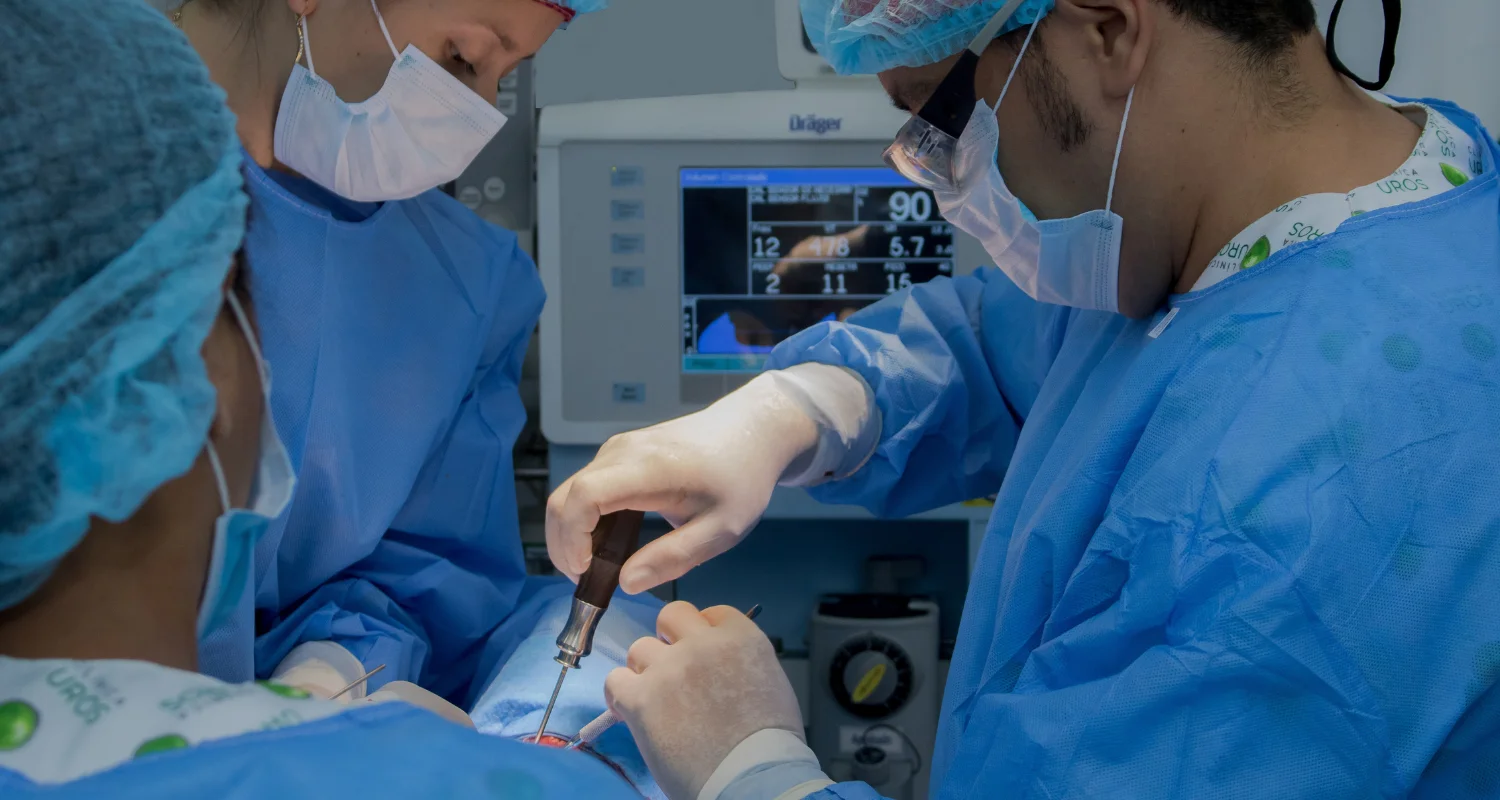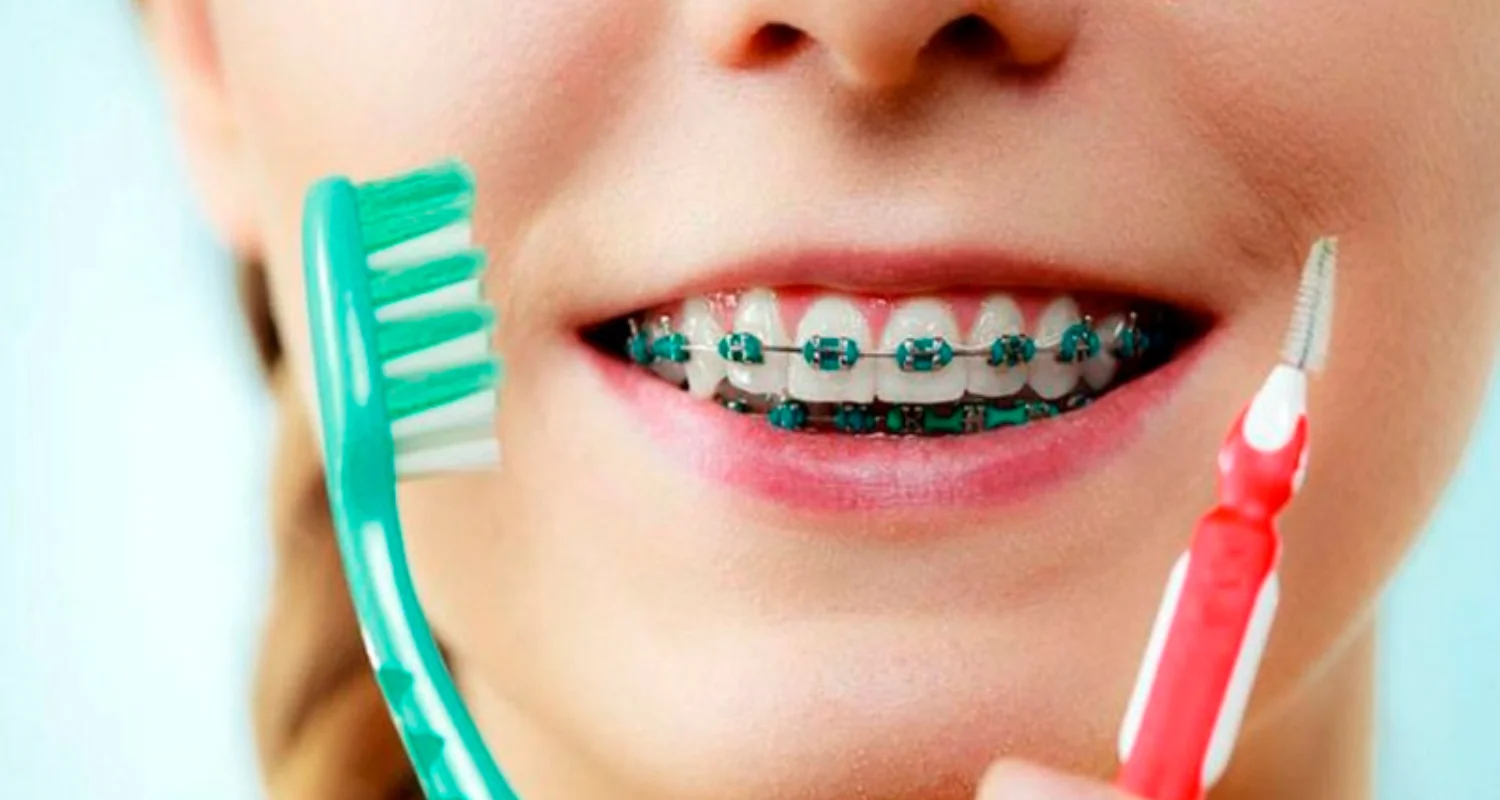Last Updated on: 19th September 2025, 12:43 pm
What are Cleft Lip and Cleft Palate?
A cleft lip and palate are openings that form in a baby’s upper lip or roof of the mouth (palate). These congenital anomalies (birth defects) develop while the fetus is growing in the womb. They occur when the tissues of the upper lip and roof of the mouth do not fuse properly during fetal development. Surgery is required to correct a cleft lip and palate.
The prevalence of these conditions varies, occurring in approximately 0.5 to 3.63 of every 1000 births. Determining the exact cause of cleft lip and palate is usually complicated. It may appear in isolation or conjunction with other syndromes or congenital defects.
Who can have a Cleft Lip and Palate?
A cleft lip and palate are the fourth most common congenital disorder in the United States. Consider these facts:
● About 1 in 1,600 babies are born with a cleft lip and palate in the U.S.
● About 1 in 2,800 babies are born with a cleft lip without cleft palate in the U.S.
● About 1 in 1,700 babies are born with a cleft palate in the US.
● Cleft lips (with or without cleft palate) are more common in baby boys. A cleft palate (without cleft lip) is more common in baby girls.
What are Cleft Lip and Palate?
Below we will explain the congenital defects that occur when there is not a complete fusion of the tissues in the mouth during pregnancy:
What is cleft lip?
The lips form between the fourth and seventh week of pregnancy. Tissues from both sides of the head join in the center of the face to form the lips and mouth. A cleft lip occurs when the tissues that make up the lips do not fully join. As a result, an opening or gap appears between the two sides of the upper lip. The fissure can range from a small indentation to a large separation that reaches the nose. This separation may include the gums or the palate (the roof of the mouth).
Learn about the health of your gums in our blog specializes in Gum Disease.
What is a cleft palate?
The roof of the mouth (palate) forms between the sixth and ninth week of pregnancy. A cleft palate is a separation or opening in the roof of the mouth that forms during fetal development. It can affect both the hard palate (the bony front part of the roof of the mouth) and the soft palate (the back, soft part of the roof of the mouth).
These two conditions in fetuses, a cleft lip and palate, can occur on one or both sides of the mouth. Because the lip and palate develop separately, the baby may experience:
● A cleft lip without a cleft palate.
● A cleft palate without a cleft lip.
● Both cleft lip and palate (the most common disorder).
How will a Cleft Lip or Palate Affect my Baby?
Babies born with a cleft lip or palate may face difficulties feeding (both from the breast and a bottle). They may experience speech problems and often accumulate fluid behind the eardrum, which can affect their hearing. Depending upon the case, some may also have dental problems.
Want to avoid conventional antibiotics? Find natural options in our blog about dental infections.
Causes of Cleft Lip and Palate
The precise cause of a cleft lip and palate remains uncertain. However, certain risk factors related to these birth defects have been identified:
1. Genetic factors: There is a greater familial incidence in the development of cleft lip and palate. It has been observed that a cleft lip is more common in males, while an isolated cleft palate is more common in females.
2. Exposure to certain substances during pregnancy: A cleft lip and palate may be more likely in pregnant women who smoke, drink alcohol, or take certain medications.
3. Obesity during pregnancy: There is evidence that babies born to obese women may have an increased risk of cleft lip and palate.
4. Deficiency of folic acid during pregnancy.
5. Gender: Boys are more likely to have a cleft lip with or without a cleft palate. A cleft palate without cleft lip is more common in girls. In the United States, a cleft lip and palate are more common in Native Americans and less common in African Americans.
6. Diabetes: There is evidence that women diagnosed with diabetes before pregnancy may have an increased risk of having a baby with a cleft lip, with or without a cleft palate.
7. Specific medications: Some medications taken during pregnancy can increase the risk of a defective bone and soft tissue fusion.
Complications of Cleft Lip and Palate
1. Feeding problems: The existence of a cleft palate can make breastfeeding difficult, as food or milk can pass from the mouth into the nasal cavity. The baby requires time to learn to swallow properly.
2. Dental problems: Orofacial defects can cause multiple dental problems, such as abnormal tooth growth, poor positioning, deformities, or missing teeth.
3. Language and speech delays: A cleft in the roof of the mouth or lip can make it difficult to properly use the muscles involved in speaking and forming words, which can lead to delayed language development or a lisp.
4. Ear infections and hearing problems: Babies with a cleft lip or palate are at increased risk of developing ear infections and fluid buildup, which can increase the risk of partial or complete hearing loss. If the cleft extends to the throat, they may experience frequent ear infections.
5. Challenges when facing a medical condition: Children with clefts may face social, emotional, and behavioral problems due to differences in appearance and the stress of intensive medical care.
Cleft Lip and Palate Treatment
Cleft lip and palate can cause problems in various areas, requiring specialized treatment. Treatment and services for children with orofacial clefts vary depending on several factors:
1. Determining factors:
● The severity of the cleft.
● The age of the child.
● Specific needs of the child.
● Presence of associated syndromes or other birth defects.
2. Cleft lip surgery:
● It is generally done in the first months of life.
● It is advisable to do it within the first 12 months.
● Surgery (Cheiloplasty): Performed by a plastic surgeon, usually when the baby is around 3 months old.
Goals:
● Close the lip cleft.
● Improve the shape and symmetry of the upper lip and nose.
● Special procedures: In cases of large cleft lip, techniques such as lip bonding or nasal alveolar molding (MAN) may be used to improve the shape of the nose and bring the parts of the lip closer together before repair.
● Results: the surgery leaves a small scar under the nose.
3. Cleft palate surgery:
● It is recommended to do it in the first 18 months of life, or sooner if feasible.
● As the child grows, they may require additional surgical procedures.
● Surgery (Palatoplasty): It is performed when the baby is between 10 and 12 months.
Goals:
● Close the opening between the nose and mouth.
● Create a properly functioning palate for speech.
● Prevent the passage of food and liquids into the nose.
● Surgical repair: organization and repair of the muscles of the soft palate.
● Layered slit closure.
● Relaxing incisions: sometimes necessary to reduce tension in palate repair.
● Use of additional tissue: sometimes tissue is taken from the inner surface of the cheeks to complete the repair.
Cleft palate surgery requires general anesthesia and lasts approximately 2 to 3 hours. Most babies can go home after 1 or 2 days in the hospital. The sutures dissolve on their own.
4. Postoperative care
● Diet: A liquid or puree diet is required for approximately 3 weeks.
● Special sleeves (“no-nos”): To prevent the baby from putting objects in the mouth, which could affect the repair of the cleft palate.
5. Benefits of surgical repair:
● Improvement in the child’s facial appearance.
● Significant advances in breathing, hearing, speech, and language development.
6. Complementary treatments:
● They include specialized dental care, orthodontics, and speech therapy.
7. Coordinated care:
● The American Cleft Palate and Craniofacial Association recommends coordinated care.
● Treatments should be provided by teams specialized in clefts and craniofacial conditions.
● These teams are made up of doctors and health professionals from various specialties.
● The need for a comprehensive approach that includes not only the physical aspect but also the emotional and social aspects is emphasized.
● Care must be personalized and adapted to the child’s changing needs throughout their development.
8. Results and quality of life:
● With proper treatment, most children with orofacial clefts achieve good results and live healthy lives.
● Concerns about self-esteem may arise in some children due to visible differences from others.
9. Emotional and social support:
● Parent support groups can offer valuable emotional and social assistance to families.
● These groups help share experiences and strategies for managing the challenges associated with orofacial clefts.
10. Continuous monitoring:
● Children with orofacial clefts require regular follow-up to evaluate their physical and emotional development.
● Periodic check-ups with specialized teams are essential to guarantee optimal care.
11. Education and awareness:
● It is important to educate society about orofacial clefts to foster inclusion and understanding.
● Awareness campaigns help to reduce stigma and promote greater social acceptance.
Dental Care in Children with Cleft Lip or Palate
Dental care for children with cleft lip or palate is crucial and presents some particularities:
General Dental Needs
Although largely similar to those of other children, children with cleft lip and palate may have missing, malformed, or poorly positioned teeth.
Early Dental Care
● Like any child, they require proper cleaning, good nutrition, and fluoride treatment to good maintain dental health.
● You should start using a small, soft toothbrush as soon as the child’s teeth appear.
● In cases where the shape of the mouth and teeth require it, the dentist may recommend a soft sponge soaked in mouthwash to clean the child’s teeth.
● It is recommended that the first visit to the dentist occur at the age of 1 year or earlier if there are problems.
Routine dental care can begin around age 3.
Orthodontic Care
● After the permanent teeth emerge, an orthodontist will evaluate the child’s short- and long-term dental needs.
● Most children with a cleft palate will need palatal expansion around age 6 or 7.
● Once all the permanent teeth erupt, an orthodontist can straighten the teeth with braces.
● Orthodontic care is also necessary in preparation for jaw surgery (orthognathic surgery).
Conclusion
A cleft lip and palate are congenital defects that occur in the formation of the upper lip and roof of the mouth during fetal development. These conditions, which vary in severity, can occur separately or together, affecting both the appearance and functionality of the child’s mouth. Although the exact causes are complex and include genetic, environmental, and lifestyle factors, the prevalence of these conditions is notable, manifesting more common in men and varying by ethnicity.
The impact of these conditions is significant, as they can cause difficulties in eating, speaking, hearing, and causing dental problems. Therefore, treatment requires a multidisciplinary and coordinated approach, ranging from corrective surgery to specialized dental care, speech therapy, and orthodontic support. Early intervention and ongoing monitoring are key to healthy development and minimizing complications. Furthermore, emotional and social support is essential for the comprehensive well-being of these children and their families, emphasizing the importance of an informed and supportive society.
Frequently Asked Questions
What is the difference between a cleft Lip and cleft palate?
A cleft lip is characterized as a congenital anomaly in which the baby’s upper lip does not fully develop, resulting in a fissure or opening. On the other hand, a cleft palate refers to a congenital defect where the baby’s palate (roof of the mouth) does not form completely, leaving an opening. Both conditions are types of oral or orofacial clefts, which affect different areas of the mouth.
What are the causes of a cleft lip and palate?
The causes of a cleft lip and palate can be multifactorial. Evidence points to a genetic basis. In addition, the interaction of genetic and environmental factors can affect the mother during pregnancy. Tobacco consumption, the presence of diabetes, or the use of certain medications could influence its development.
Can a baby have a cleft lip without a cleft palate?
Yes, a baby can be born with a cleft lip without having a cleft palate. This condition, along with the combination of cleft lip and palate, represents one of the most common birth defects. According to the Centers for Disease Control and Prevention (CDC), about 1 in 1,600 babies are born with both a cleft lip and palate, while about 1 in 2,800 babies are born with only a cleft lip and no cleft palate. cleft palate involvement.
Which vitamin deficiency causes a lip cleft?
A deficiency of B vitamins, including folic acid, during pregnancy has been shown to affect the prevention of cleft lip and palate (CLL) in humans.
Share:
References
1. Nemours Children’s Health. (Jun 2023). Cleft Palate With Cleft Lip. https://kidshealth.org/en/parents/cleft-palate-cleft-lip.html
2. Mayo Clinic. (Sep, 2022). Cleft lip and cleft palate. https://www.mayoclinic.org/diseases-conditions/cleft-palate/diagnosis-treatment/drc-20370990
3. Cleveland Clinic. (Jun, 2022). Cleft Lip & Cleft Palate. https://my.clevelandclinic.org/health/diseases/10947-cleft-lip-cleft-palate
4. NHS. (Mar, 2023). Cleft lip and palate. https://www.nhs.uk/conditions/cleft-lip-and-palate/
-
Nayibe Cubillos M. [Author]
Pharmaceutical Chemestry |Pharmaceutical Process Management | Pharmaceutical Care | Pharmaceutical Services Audit | Pharmaceutical Services Process Consulting | Content Project Manager | SEO Knowledge | Content Writer | Leadership | Scrum Master
View all posts
A healthcare writer with a solid background in pharmaceutical chemistry and a thorough understanding of Colombian regulatory processes and comprehensive sector management, she has significant experience coordinating and leading multidisciplina...





















